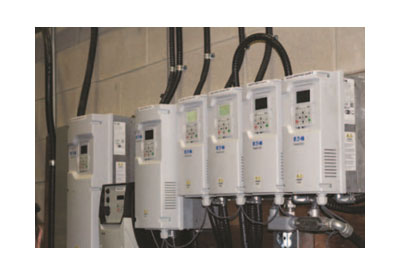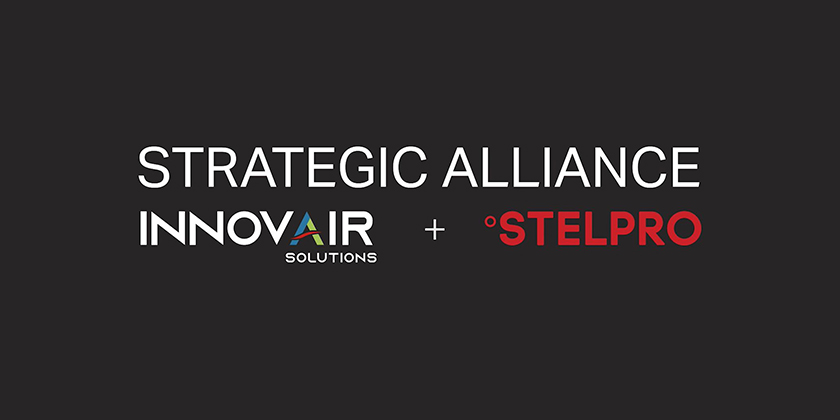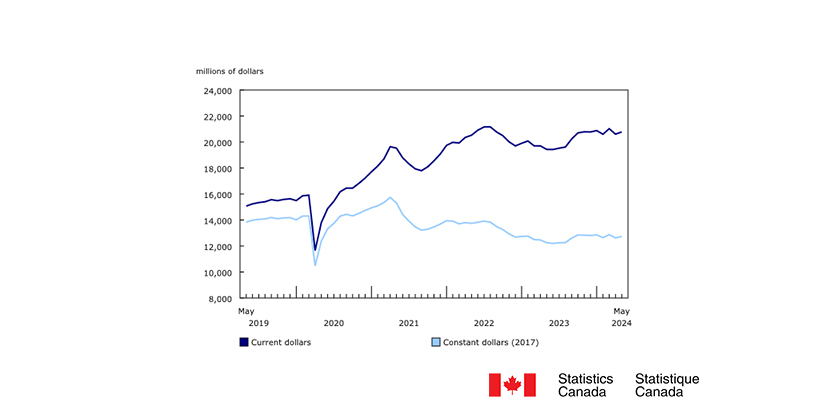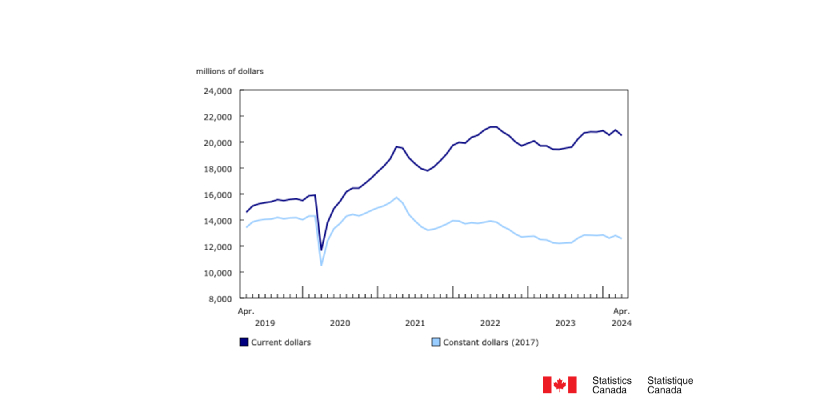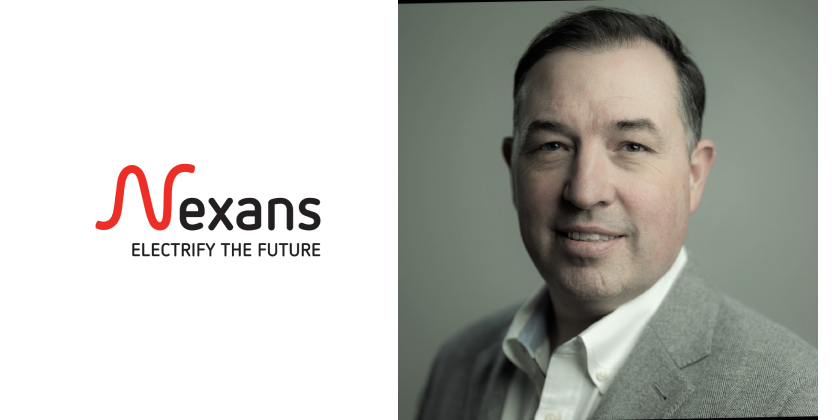Leveraging Edge Computing: 5 Ways to Accelerate the Energy Transition

August 2, 2023
By Jim Kalogiros, Vice President, Secure Power Canada
Although oil, gas, and electricity are mature commodities, the methods used to produce, transport, and distribute them are undergoing a massive overhaul. The energy supply chain is currently experiencing a transition, and two industries, oil & gas and electrical utilities, are under significant pressure to reduce their carbon emissions and move towards cleaner practices. As a result, oil and gas and utility industries are searching for ways to improve operational sustainability and energy efficiency while minimizing costs. One common area where both industries realize such benefits is by deploying Edge Solutions.

The concept of the Edge revolves around the distributed cloud computing approach, wherein resources at the network edge are leveraged for efficient data accessibility. In simpler terms, edge computing entails placing devices near other devices or systems, enabling seamless data exchange. This is done to reduce the latency or delay in processing data, which can be critical for applications that require real-time or near real-time processing, such as bandwidth-intensive content delivery or latency-sensitive applications.
A recent report called “Sustainability at the Edge” highlights that data collection and sustainability metrics are two of the top challenges facing businesses in reducing their energy consumption and managing their carbon footprint. As companies race to decarbonize and meet ambitious net-zero emissions goals, edge computing will also play a role in managing distributed energy resources (DERs) such as solar and wind farms to accelerate the energy transition and increase power grid resilience.
Enhancing Sustainability in Energy Operations with Edge Computing
Below are several use-case examples of how the oil & gas and utility industries are applying edge computing solutions to make operations more sustainable, safe, and efficient.
1. Pipeline monitoring
Operators of transmission pipelines in Canada safely transported over 1.3 billion barrels of crude oil and more than 4.5 trillion cubic feet of natural gas across the country. In support of safe and clean operation, operators must monitor these pipelines’ vibration, temperature, and pressure. Fiber optic communication cables are often installed alongside pipelines, and these connections can be used to monitor pipeline behavior in near real-time. Now, new edge computing software running on regional micro data centers enables the use of the fiber optic network to monitor the pipelines for leaks and other anomalies. This new approach detects issues much more quickly and cost-effectively than in the past, helping to minimize environmental damage should a leak occur.
2. Flare monitoring
Across oil fields and refineries, oil & gas companies employ a safety measure known as gas flaring to relieve pressure and dispose of unwanted waste gas byproducts. For example, In Alberta, as per Directive 060 province regulations, it is necessary to monitor the CO2 emissions from these flaring activities. However, sending flare-purity data to the cloud and analyzing it is very costly, and bandwidth and latency constraints are significant. To solve this, local edge computing deployments can process that data quickly near the site and then synchronize the gathered data for later analysis in the cloud. The quick breakdown of the data enables compliance with ongoing Directive 060 standards.
3. Power grid maintenance
Edge computing allows utilities to shift from a reactive maintenance approach (implementing power network fixes only after an outage) to a more predictive maintenance system (using smart cameras to proactively perform utility pole inspections). As cameras collect images of pole-mounted assets and power lines, noting whether nearby vegetation poses a breakage or fire threat, local edge computing systems process that image data to indicate whether preventative maintenance is required. The result is lower overall maintenance costs and higher power network uptime.
4. Virtual Power Plants
Networks of small energy-producing or storage devices like solar panels and batteries, known as virtual power plants (VPP), pool their resources to serve the electricity grid. Utilities can tap their energy during high demand or reserve it for later use. When multiple power sources (e.g., solar, wind, hydro) are available to the VPP, the software automatically determines which power is the cheapest on that particular day and routes it to the proper consumers. Edge computing systems in transportable modular data centers and AI software serve as the technology backbone of many of these VPPs, managing the bidirectional power flow and automating the process for prosumers to sell power back to the grid.
5. Smart Grids
Edge computing will be a core technology in more widespread adoption of smart grids and can help allow enterprises to better manage their energy consumption. As utilities digitize their networks, smart meters are proliferating across homes and businesses. These local energy data gathering points require edge computing to optimize energy flow, detect grid anomalies, and lower energy delivery costs. When deployed in such a way, edge systems strengthen smart grid resilience by helping to find quick temporary power sources across the network when outages occur, supplying customers with power until the primary power delivery system is fixed and operational.
Undoubtedly, edge computing has great potential to accelerate the energy transition and promote sustainability in the oil and gas sectors by processing critical data in real time and facilitating efficient and cost-effective operations while minimizing environmental damage. Partnering with the right experts can empower businesses to optimize their edge infrastructures and achieve greater agility in today’s rapidly evolving landscape. By embracing edge computing, businesses can drive the energy transition, promote sustainability, and thrive in an ever-changing landscape.
Recomended Reading
Building Retrofits are Critical in the Path Toward Carbon Neutrality: A Conversation with Hugo Lafontaine of Schneider Electric

Canada is a country, “where there’s a lot of work to be done, to be honest, when it comes to energy efficiency in our buildings,” commented Hugo Lafontaine, Vice President – Power Products and Digital Energy with Schneider Electric. “Our buildings, both private and public, are behind the times.” Read More







